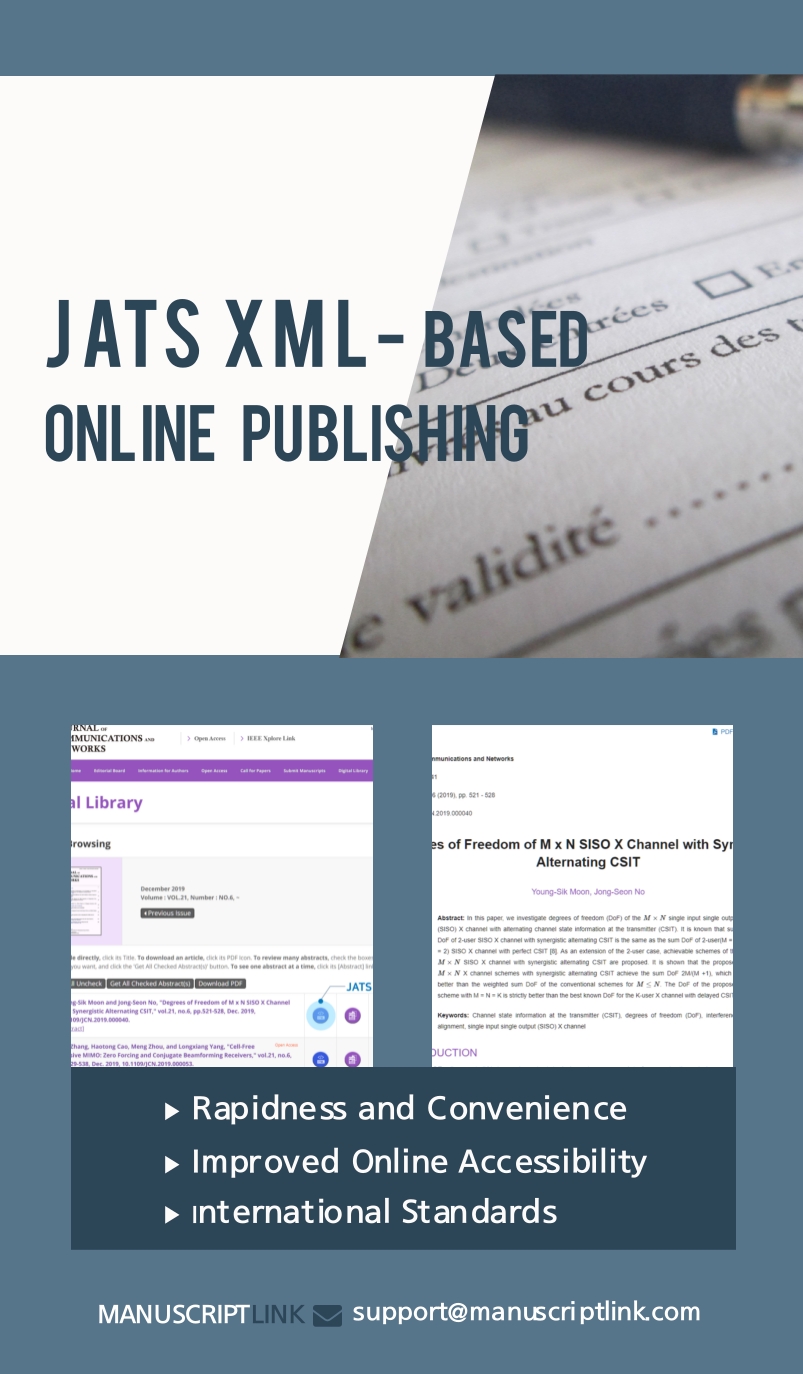Rotura – Journal of Communication, Culture, and Arts
Rotura
- URL: https://publicacoes.ciac.pt/index.php/rotura/chamadas-de-trabalhos
- Call For Paper Type: Regular
- H2 Index: 0
- Submission Date: 2025-09-15
- Notification Date: 2025-11-15
- Final Version Date: 2025-12-31
Humanities, Literature & Arts (General) Crafts, Design & Arts Communication
Digital Artivism – Intersections of Art, Activism, and Social Transformation
In an era defined by digital saturation, ubiquitous connectivity, algorithmic control, and global information flows, Digital Artivism has emerged as a powerful mode of creative resistance. It operates at the intersection of artistic innovation and political intervention, using digital tools, platforms, and aesthetics to question dominant narratives, expose injustices, and mobilize communities toward social transformation. The rapid expansion of social media and digital sharing has reshaped the terrain of activism. From the immediacy of viral memes that satirize political leaders to the proliferation of subvertising—the appropriation and alteration of corporate advertising to reveal underlying exploitative ideologies—Digital Artivism thrives on remix, visibility, and disruption. Activists have created GIF campaigns, interactive web art, AI-generated counter-narratives, and augmented reality interventions that critically engage with public space, class and identity politics, climate urgency, and surveillance culture. More radical – and often illegal – forms, such as hacktivism, challenge institutions through direct digital action, ranging from website defacements and data leaks to tactical disruptions of state and corporate infrastructures. Projects like Anonymous' online operations, the hijinks of The Yes Men, or the politically charged artistic hacks of collectives like !Mediengruppe Bitnik exemplify how digital tools can be weaponised aesthetically and politically to demand transparency and accountability. Digital Artivism also appears in generative art practices that use algorithmic systems to critique bias in data, in net art collectives that design platforms for anonymous protest, or in extended reality (XR) performances that reimagine histories and possible futures of resistance. What unites these varied forms is their ability to provoke critical reflection while engaging publics through visual culture, digital literacy, and networked participation. As such, Digital Artivism is not only a method of intervention but also a medium of storytelling, community-building, and imagining alternatives.
We invite contributions that engage with the theoretical, historical, methodological, and practical dimensions of Digital Artivism, particularly those that examine its transformative potential in today’s media-saturated societies. We welcome diverse formats of previously unpublished materials, including research articles, practice-based reflections, case studies, and interdisciplinary analyses. Submissions should offer original insights into the transformative potential of digital creative practices at the intersection of art and activism. Submissions may address, but are not limited to, the following themes:
1. Histories and Genealogies of Digital Artivism
We encourage contributions that contextualise the origins, trajectories, and evolutions of Digital Artivism within broader narratives of political resistance, artistic innovation, and technological development.
2. Theoretical and Conceptual Frameworks
Contributions in this category may engage with conceptual debates surrounding Digital Artivism, including practices of appropriation, remix culture, subvertising, culture jamming, hacktivism, tactical media, and other forms of hybrid activist-artistic intervention.
3. Critical Pedagogies and Inclusive Digital Art Forms
This theme focuses on the intersection between artivist practices and critical pedagogy. We seek analyses of how relational aesthetics, socially transformative artistic approaches, and interventional digital art practices operate within educational settings to promote critical thinking and social awareness.
4. Digital Artivism and Community Co-construction
We invite explorations of how Digital Artivism contributes to the (co)(re)construction of community and minority identities, particularly in response to systemic social, political, or cultural marginalization. Emphasis should be placed on practices that foreground human rights, collective agency, and cultural resilience.
5. Digital Artivism and the UN 2030 Agenda for Sustainable Development
Calling for reflections on the role of Digital Artivism in advancing the Sustainable Development Goals (SDGs), especially concerning environmental justice, climate action, and the advocacy of sustainable ecosystems through creative practice.
6. Methodologies of Practice and Participation
We encourage submissions that examine methodological frameworks within Digital Artivism, particularly those that activate participatory and co-creative processes. Case studies and practice-led research exploring how artivist strategies foster civic engagement are welcome.
7. Between Political Art and Activist Art
We seek critical reflections on the conceptual and practical distinctions between political art and activist art, considering their respective goals, audiences, modes of intervention, and sociopolitical impact.
Rotura is indexed on RCAAP, DOAJ, Scielo, Google Scholar, Latindex, ERIHPLUS, SUDOC, ROAD, Jisc, INDEXAR, Scopus, and Elsevier.















